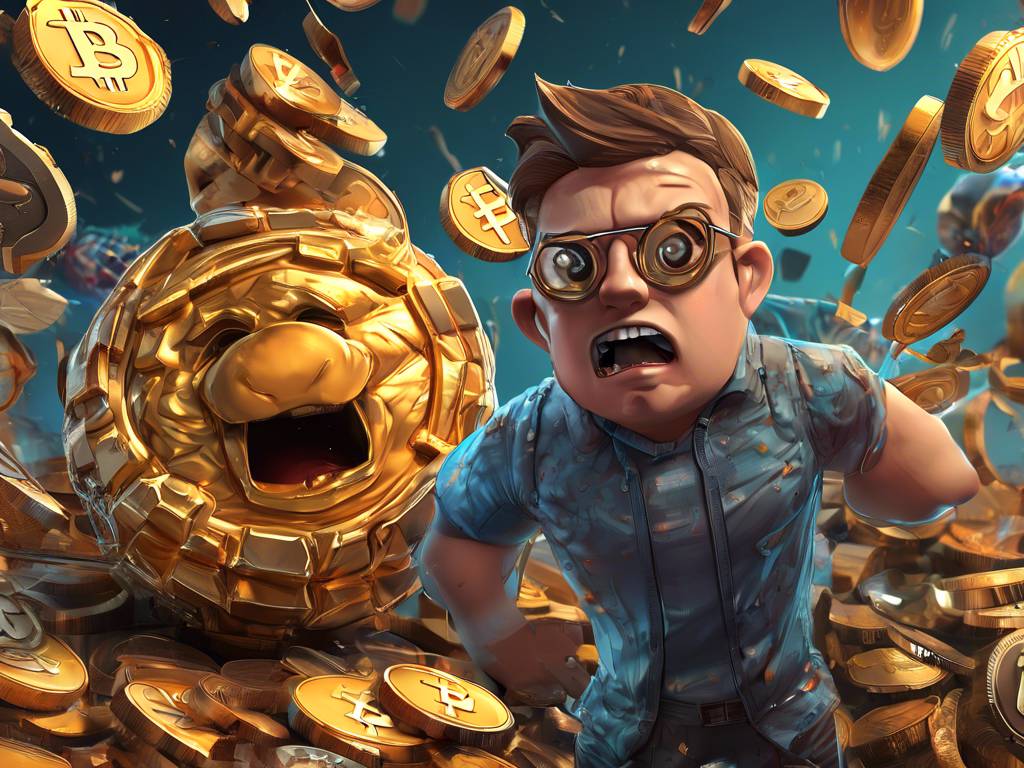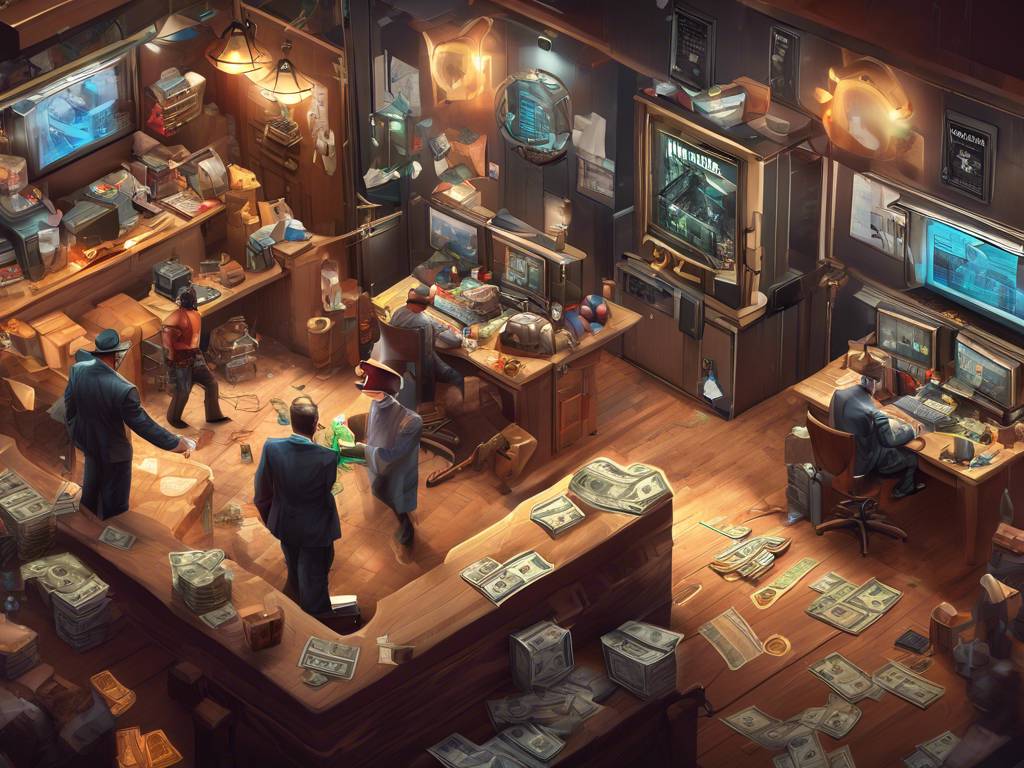Was the Meme Coin Boom a Top Signal for Crypto?
Meme coins have experienced significant gains this year, dominating the cryptocurrency market in terms of top performances. However, these results have cooled down recently as cryptocurrencies faced a major correction, which could potentially lead to further losses.
Considering these developments, we have identified two cryptocurrencies that you should avoid trading next week, especially among the previously most traded speculative tokens.
Pepe (PEPE)
Pepe (PEPE) has seen a remarkable increase of over 500% in the last 30 days, starting from $0.000000115 on February 22.
However, PEPE is now losing momentum and has returned to a 55 Relative Strength Index (RSI), similar to its position one month ago. This indicates a bearish divergence in the daily chart, with the price remaining high despite the loss of strength.
Currently, PEPE has a market cap above $3 billion but lacks solid use cases apart from price speculation and being a meme. While there is some price support at $0.000005927, there is no other significant support between that level and $0.000000115, potentially resulting in a 98% drop.
Dogwifhat (WIF)
Dogwifhat (WIF) has performed even better than PEPE, attracting retail investors to the Solana (SOL) blockchain. WIF has gained nearly 600% in the past 30 days and is currently testing support around $2.0 per token.
Similar to PEPE, investors in dogwifhat may decide to realize some of their substantial profits, leading to a potential liquidity shock. If it loses its current region of support, the price could plummet to its month-over-month lows at $0.29, resulting in an 86% crash.
Why Investors Should Avoid Trading Meme Coins
Trading meme coins can be highly risky due to their lack of substantial use cases. Without further utility, these coins can enter a death spiral once the initial hype fades away. Many investors put capital into these tokens with the expectation of selling them at higher prices to the next buyer, following a behavior described as “The Greater Fool Theory” by finance experts.
“The Greater Fool Theory is the idea that, during a market bubble, one can make money by buying overvalued assets and selling them for a profit later because it will always be possible to find someone who is willing to pay a higher price. An investor who subscribes to the Greater Fool Theory will buy potentially overvalued assets without any regard for their fundamental value. This speculative approach is predicated on the belief that you can make money by gambling on future asset prices and that you will always be able to find a ‘greater fool’ who will be willing to pay more than you did. Unfortunately, when the bubble eventually bursts (which it always does), there is a large sell-off that causes a rapid decline in the asset values. During the sell-off, you can lose a great deal of money if you are the one left holding the asset and cannot find a buyer.” – Harford Funds blog post: “The Greater Fool Theory: What Is It?”
– Harford Funds blog post: “The Greater Fool Theory: What Is It?”
This speculative demand works well in bullish markets where prices rise quickly. However, when sentiment shifts and demand diminishes, investors may panic-sell their coins to avoid losses. During these events, prices can drop faster than they initially pumped, with limited chances of recovery.
That being said, it’s important to note that cryptocurrencies are unpredictable, and additional support from celebrities or other news may fuel more greed and continue the rally. Therefore, it is advisable to avoid trading PEPE and WIF in a zone where significant retracements are possible, even if higher prices are still feasible.
Hot Take: Proceed with Caution
The recent cooling down of meme coins and the major correction in the cryptocurrency market indicate a potential shift in sentiment. While meme coins have experienced impressive gains, their lack of solid use cases makes them highly susceptible to market fluctuations and the fading of hype.
Investors should exercise caution when trading these speculative tokens, as their prices can spiral downward once the initial demand fades away. The Greater Fool Theory often drives investment in meme coins, but it can also lead to significant losses when sentiment shifts and panic-selling occurs.
While there is always a chance for further price increases fueled by external factors, it is crucial to consider the risks associated with trading meme coins. As always, conducting thorough research and understanding the fundamentals of any investment is essential for making informed decisions in the volatile world of cryptocurrencies.





 By
By
 By
By
 By
By
 By
By
 By
By
 By
By